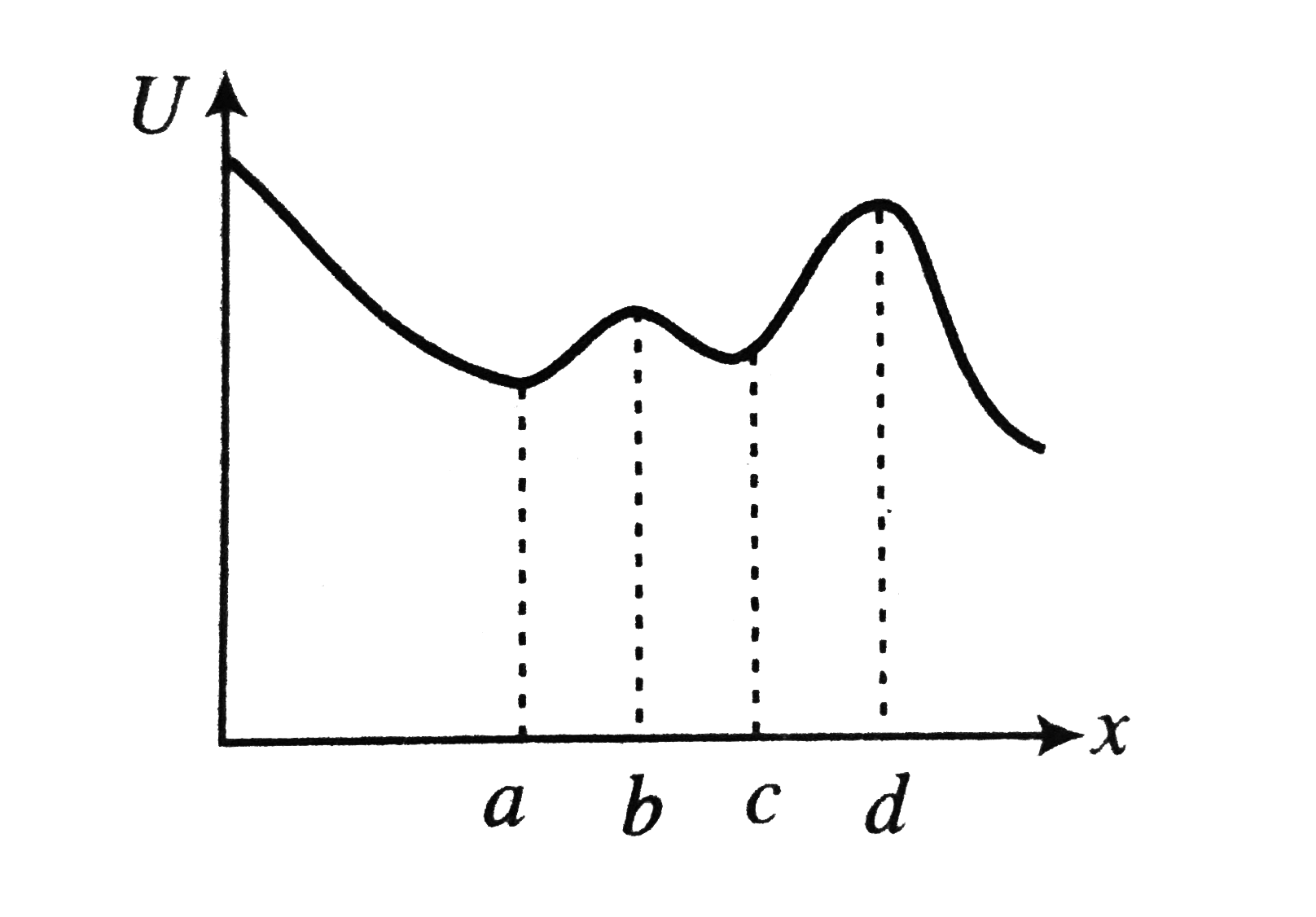Which of the following statement(s) is/are with true ?
Cu2+ salt form soluble complex with excess KCN
Cu2+ salt form soluble complex with aqueous ammonia
Cu2+ salt form soluble complex with KI
A pieces of iron or zine when placed in Cu2+ salt solution , precipitate copper
The correct Answer is:a,b,d
To determine which of the given statements about copper(II) salts are true, we will analyze each statement step by step.
1. Analyzing Statement 1:
- Statement: Copper(II) salt forms a soluble complex with excess KCN.
- Analysis: When copper(II) ions (Cu²⁺) react with potassium cyanide (KCN), they form cupric cyanide (Cu₂CN₂). When excess KCN is added, this further reacts to form a soluble complex, K₃Cu(CN)₄.
- Conclusion: This statement is true.
2. Analyzing Statement 2:
- Statement: Copper(II) salt forms a soluble complex with aqueous ammonia.
- Analysis: Aqueous ammonia (NH₃) acts as a ligand and forms a square planar complex with copper(II) ions, specifically (Cu(NH₃)₄)²⁺. This complex is soluble in water.
- Conclusion: This statement is true.
3. Analyzing Statement 3:
- Statement: Copper(II) salt forms a soluble complex with KI.
- Analysis: Copper(II) ions can react with potassium iodide (KI) to form Cu₂I₂, which is a brown precipitate. This compound is not soluble in water.
- Conclusion: This statement is false.
4. Analyzing Statement 4:
- Statement: A piece of iron or zinc placed in a copper(II) salt solution will precipitate copper.
- Analysis: Zinc is more reactive than copper and can displace copper from copper(II) sulfate solution. This results in the formation of zinc sulfate and precipitated copper.
- Conclusion: This statement is true.
Final Conclusion:
The true statements are:
- Statement 1: True
- Statement 2: True
- Statement 3: False
- Statement 4: True
Thus, the correct options are 1, 2, and 4.
---
- Statement: Copper(II) salt forms a soluble complex with excess KCN.
- Analysis: When copper(II) ions (Cu²⁺) react with potassium cyanide (KCN), they form cupric cyanide (Cu₂CN₂). When excess KCN is added, this further reacts to form a soluble complex, K₃Cu(CN)₄.
- Conclusion: This statement is true.
- Statement: Copper(II) salt forms a soluble complex with aqueous ammonia.
- Analysis: Aqueous ammonia (NH₃) acts as a ligand and forms a square planar complex with copper(II) ions, specifically (Cu(NH₃)₄)²⁺. This complex is soluble in water.
- Conclusion: This statement is true.
- Statement: Copper(II) salt forms a soluble complex with KI.
- Analysis: Copper(II) ions can react with potassium iodide (KI) to form Cu₂I₂, which is a brown precipitate. This compound is not soluble in water.
- Conclusion: This statement is false.
- Statement: A piece of iron or zinc placed in a copper(II) salt solution will precipitate copper.
- Analysis: Zinc is more reactive than copper and can displace copper from copper(II) sulfate solution. This results in the formation of zinc sulfate and precipitated copper.
- Conclusion: This statement is true.
The true statements are:
- Statement 1: True
- Statement 2: True
- Statement 3: False
- Statement 4: True
Topper's Solved these Questions
- QUALITATIVE INORGANIC SALT ANALYSISBOOK - CENGAGE CHEMISTRY ENGLISHCHAPTER - QUALITATIVE INORGANIC SALT ANALYSISEXERCISE - Exercises (Single Correct) Part-A (Analysis Of Anions)
24 Videos
- QUALITATIVE INORGANIC SALT ANALYSISBOOK - CENGAGE CHEMISTRY ENGLISHCHAPTER - QUALITATIVE INORGANIC SALT ANALYSISEXERCISE - Exercises (Single Correct) Part-B(Dry Test)
10 Videos
- QUALITATIVE INORGANIC SALT ANALYSISBOOK - CENGAGE CHEMISTRY ENGLISHCHAPTER - QUALITATIVE INORGANIC SALT ANALYSISEXERCISE - Exercises (Multiple Correct) Part-C(Dry Test)
8 Videos
- P-BLOCK GROUP 18 ELEMENTS - THE INERT GASESBOOK - CENGAGE CHEMISTRY ENGLISHCHAPTER - P-BLOCK GROUP 18 ELEMENTS - THE INERT GASESEXERCISE - Ex 5.1 (Objective)
14 Videos
- REDUCTION AND OXIDATION REACTION OF ORGANIC COMPOUNDSBOOK - CENGAGE CHEMISTRY ENGLISHCHAPTER - REDUCTION AND OXIDATION REACTION OF ORGANIC COMPOUNDSEXERCISE - SUBJECTIVE TYPE
4 Videos
Similar Questions
Figure shows a plot of the potential energy as a function of x for a particle moving along the x-axis. Which of the following statement(s) is/are true?

View SolutionFigure shows a plot of the potential energy as a function of x for a particle moving along the x-axis. Which of the following statement(s) is/are true?

View SolutionWhich of the following statements (s) is/are not true about the diagonal relationship of Be and Al?
View SolutionAn electron and a proton are moving on straight parallel paths with same velocity. They enter a semi infinite region of uniform magnetic field perpendicular to the velocity.
Which of the following statement(s) is /are true?
View SolutionAn electron and a proton are moving on straight parallel paths with same velocity. They enter a semi infinite region of uniform magnetic field perpendicular to the velocity.
Which of the following statement(s) is /are true?
View SolutionWhich of the following statement(s) is/are true?
View SolutionWhich of the following statement(s) is/are true?
View SolutionWhich of the following statement(s) is/are true?
View SolutionWhich of the following statement(s) is/are true?
View SolutionWhich of the following statement(s) is/are true?
View Solution
